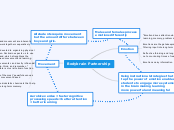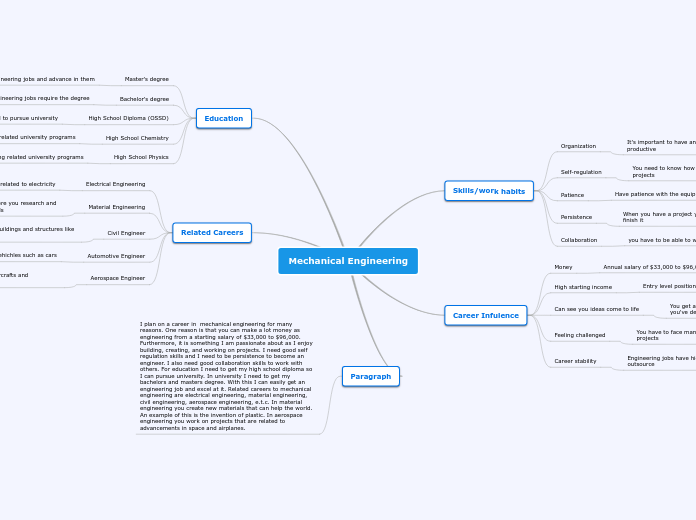av Liam O'Flynn för 7 årar sedan
225
Emotion and Movement
The interplay between physical movement and cognitive development is crucial for effective learning, with significant differences between boys and girls in their movement needs. Emotions play a pivotal role by acting as gatekeepers to learning; they influence attention, memory retention, and problem-solving capabilities.









